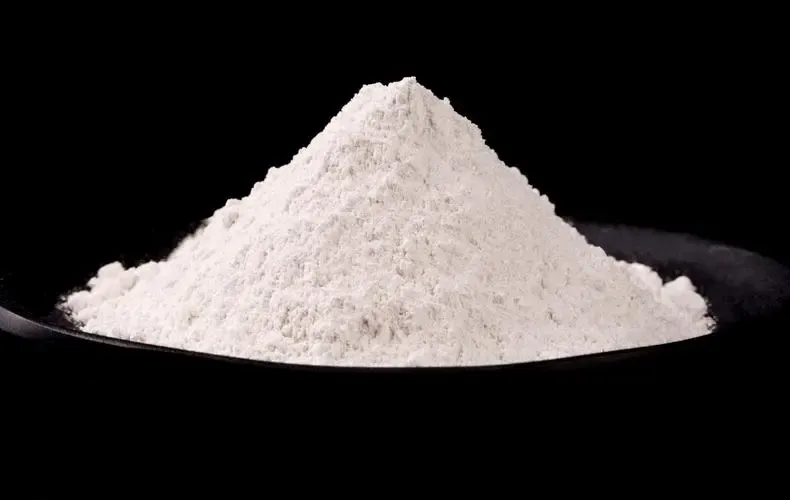
7 月 . 26, 2024 00:18 Back to list
Health Risks Associated with Inhaling Titanium Dioxide Dust in Industrial Manufacturing Environments
Inhalation of Titanium Dioxide Health Concerns in Factories
Titanium dioxide (TiO2) is a widely used substance in many industries. Known primarily for its application in paints, coatings, plastics, and food, its fine white powdery form makes it an ideal pigment. However, with its increasing use, concerns have been raised regarding the inhalation of titanium dioxide, particularly in factory settings where work environments may expose employees to high concentrations of the substance.
Understanding Titanium Dioxide
Titanium dioxide is a naturally occurring mineral compound that is praised for its excellent opacity and brightness. In its engineered form, particularly as nanoparticles, it is increasingly utilized due to its photostability and ability to withstand UV degradation. Despite its wide-ranging utility, the inhalation of titanium dioxide particles poses potential health risks, especially for workers in manufacturing settings.
Health Risks Associated with Inhalation
Research has shown that prolonged inhalation of titanium dioxide dust can lead to respiratory problems, including inflammation of the lungs and chronic respiratory disease. The International Agency for Research on Cancer (IARC), which is part of the World Health Organization (WHO), has classified titanium dioxide as possibly carcinogenic in humans (Group 2B) based on studies showing an increased risk of lung cancer in animals after long-term inhalation exposure. While the definitive effects on humans are still under study, the implications are troubling air quality issues in industrial environments.
Workplace Exposure
inhaling titanium dioxide factory

In industries where titanium dioxide is manufactured or used extensively, workers may encounter elevated levels of exposure during processes such as milling, blending, and packaging. If proper precautions are not taken, this can lead to significant health hazards. Factories that do not implement effective dust control measures or provide adequate personal protective equipment (PPE) are particularly concerning.
Regulations and Safety Measures
To mitigate the risks associated with titanium dioxide inhalation, regulatory bodies have emphasized the importance of implementing strict safety measures. The Occupational Safety and Health Administration (OSHA) has established permissible exposure limits (PELs) for airborne particulates, including titanium dioxide. Employers are encouraged to conduct regular air quality monitoring and ensure that all workers are trained on the potential hazards of titanium dioxide.
In addition to regular monitoring, proper engineering controls must be in place. This includes adequate ventilation systems to reduce airborne concentrations of TiO2 and employing enclosed processing systems to limit dust emissions. Workers should also be provided with appropriately fitted respirators when working in high-exposure areas.
Public Awareness and Future Directions
Awareness regarding the potential hazards of titanium dioxide is increasing among health professionals, environmental advocates, and the general public. While the substance remains a valuable component across numerous industries, the call for further research into its long-term inhalation effects is becoming louder. Emphasis on safe manufacturing practices, adherence to regulations, and continuous education can help protect workers from the risks associated with titanium dioxide inhalation.
In conclusion, while titanium dioxide serves important roles in various sectors, its inhalation risks in factories cannot be overlooked. By prioritizing worker safety, adhering to existing regulations, and advocating for ongoing research, we can ensure a healthier environment for those who help produce and utilize this versatile compound.
-
Lithopone for Plastic & TiO2 R-5568/SK-6658 Masterbatch Solutions
NewsMay.30,2025
-
China Leading Rutile TiO2 Manufacturer - R5566 & R996 Grades Available
NewsMay.30,2025
-
High-Purity Anatase & Rutile TiO2 Powder Trusted Manufacturer
NewsMay.30,2025
-
High-Purity Anatase Products Trusted Supplier & Manufacturer
NewsMay.29,2025
-
Best Price Eco-Friendly Rutile TiO2 Supplier & Wholesale Factory
NewsMay.29,2025
-
Chinese Anatase Titanium Dioxide for Ceramic Glaze Reliable Supplier
NewsMay.29,2025
